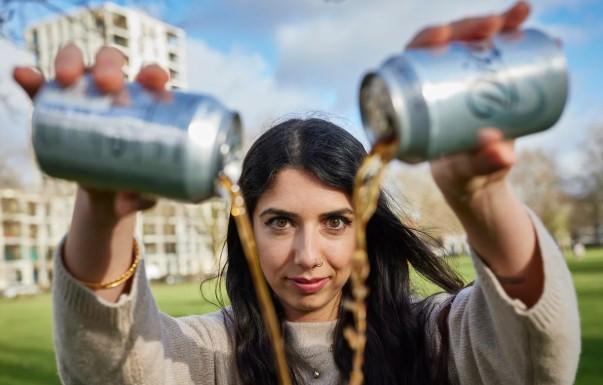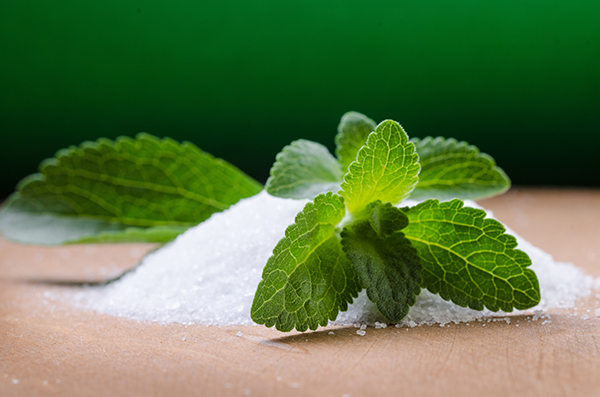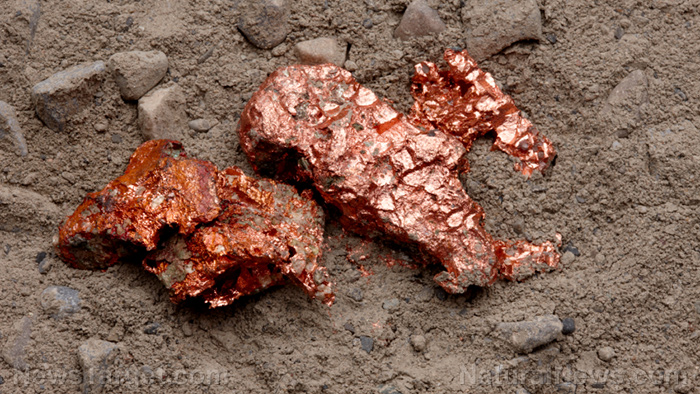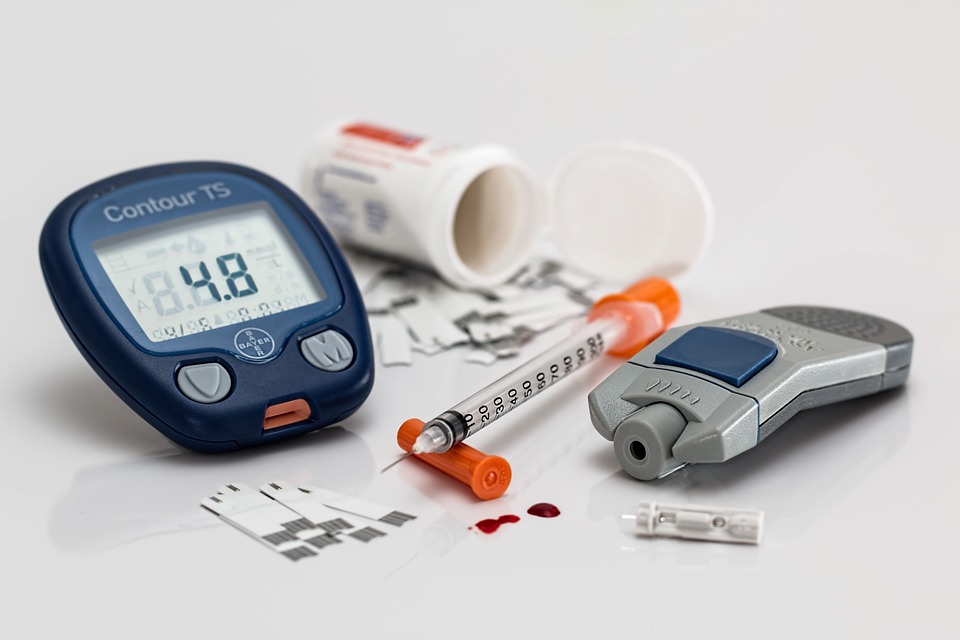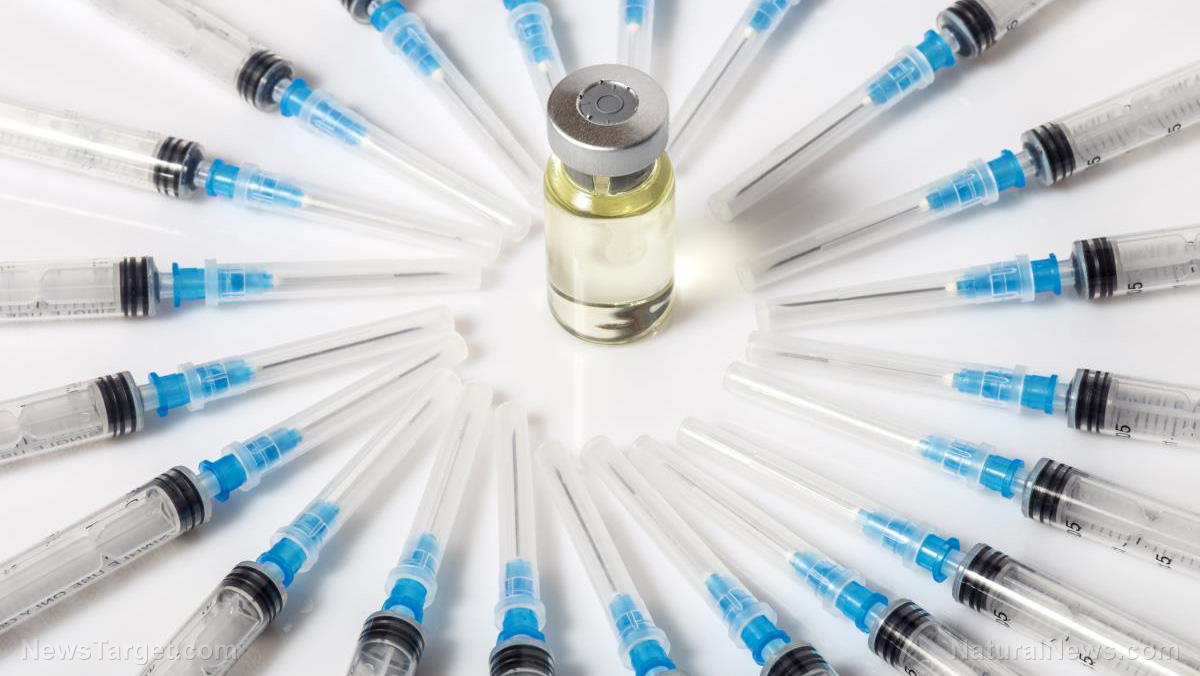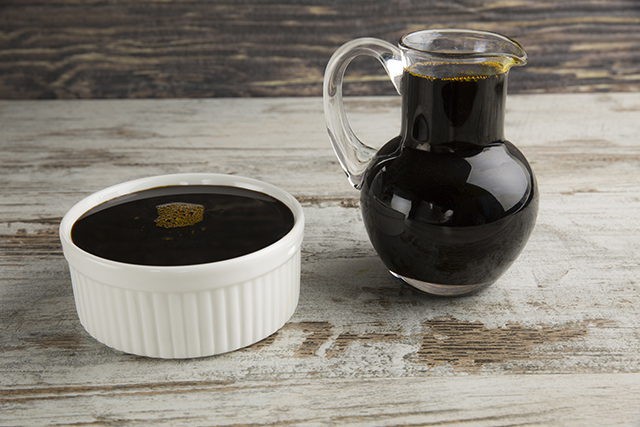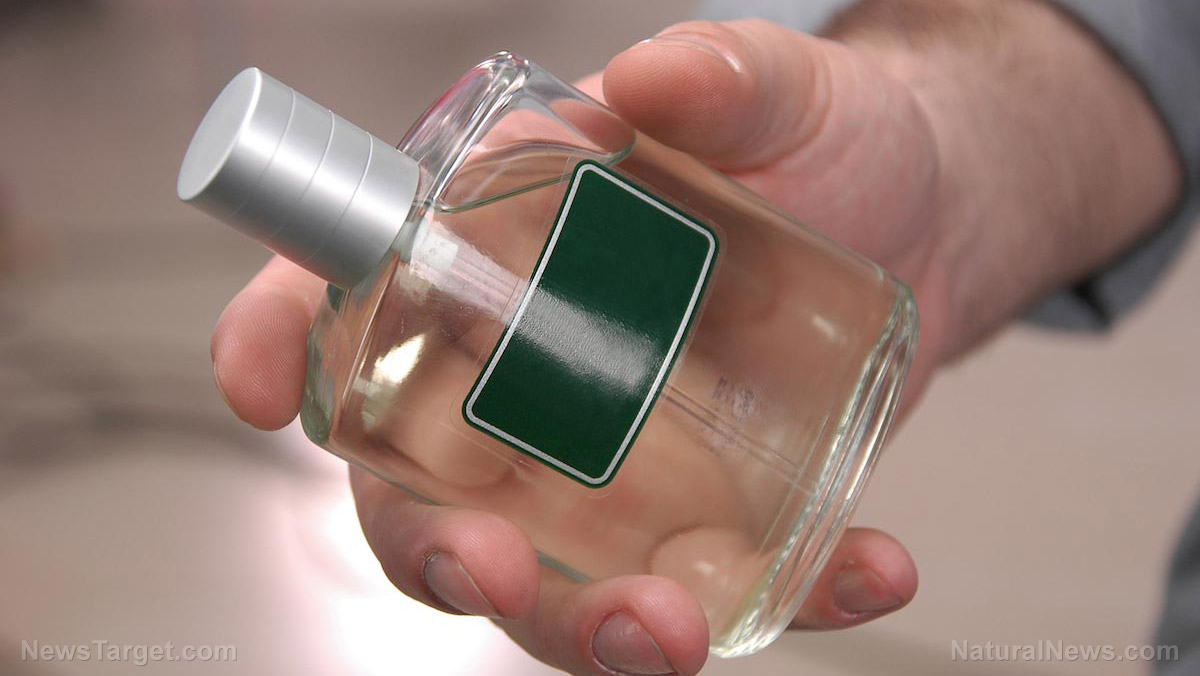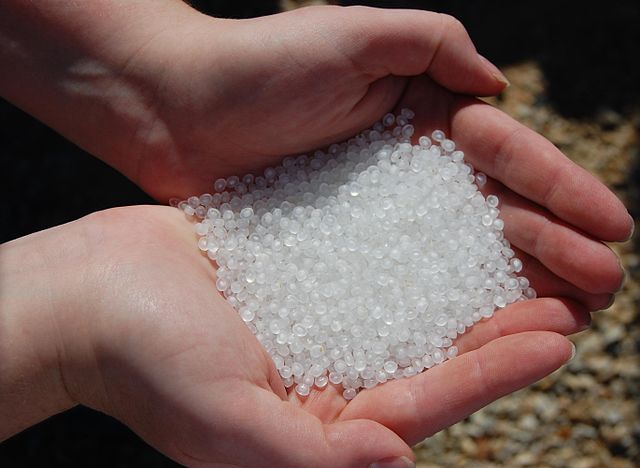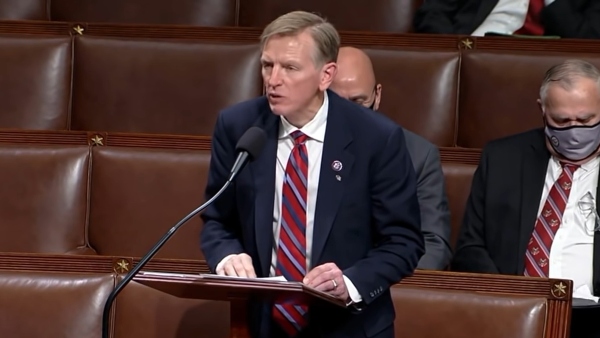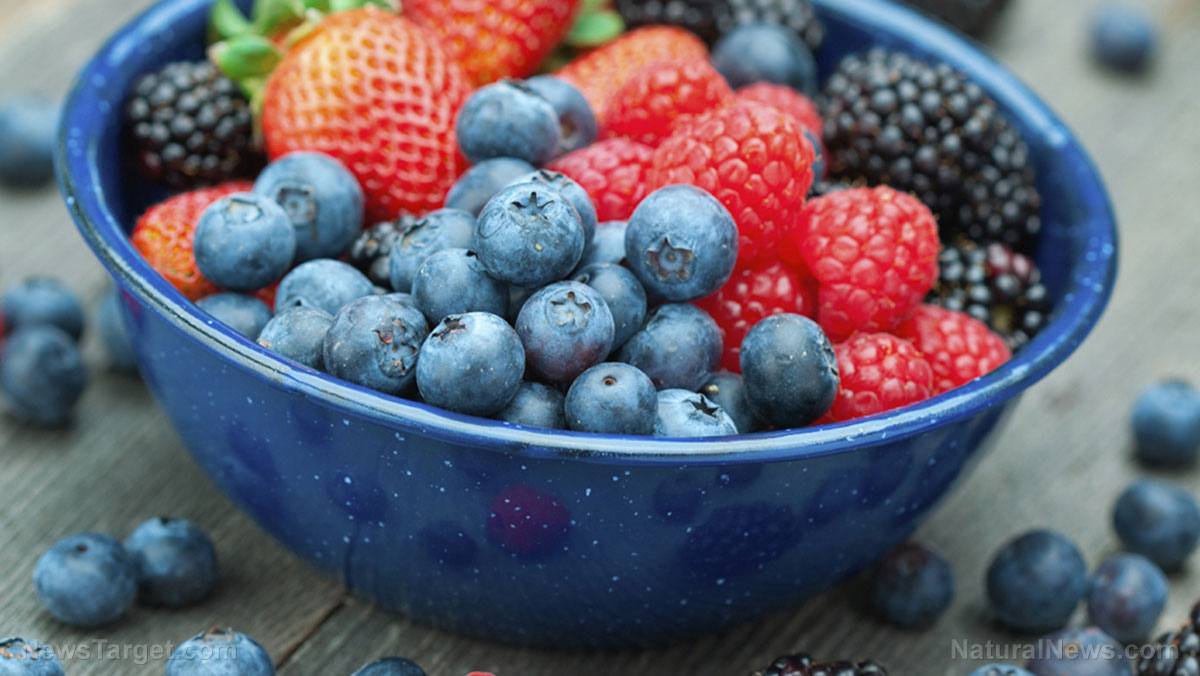Beauty’s hidden toll: How everyday products sabotage your body’s pollution defense
07/26/2025 / By Willow Tohi
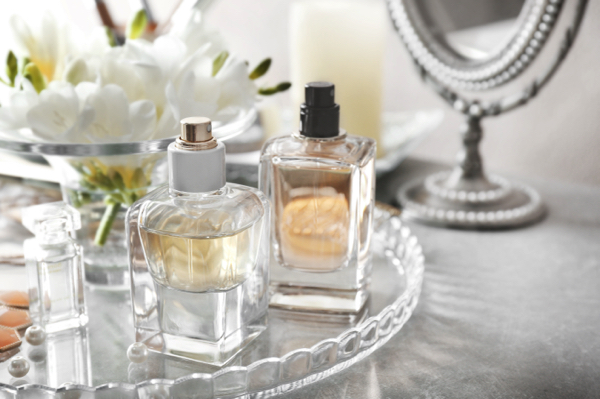
- Personal care products disrupt a natural “oxidation field” that guards against pollutants.
- Fragrances and lotions containing ethanol and phenoxyethanol dramatically reduce protective radicals, weakening this defense.
- Over 70% of U.S. homes contain mold, and 90% of adults use products linked to health risks like cancer and endocrine disruption.
- “Fragrance-free” labels don’t mean safety—key ingredients in lotions still reduce protective molecules by 34%.
- Solutions include switching to essential oil-based products, HEPA filters and natural odor-removing agents like baking soda.
When Dr. Joseph Mercola reported on a sweeping Penn State study in July 2025, it exposed an unsettling truth: Household beauty and cleaning products don’t just scent or moisturize—they actively attack the body’s natural defense against pollutants. The research, published in Science Advances, revealed that ingredients in lotions, perfumes and even “fragrance-free” products disrupt a protective chemical layer around the human body, leaving people more vulnerable to air pollution. This invisible shield operates much like a force field, using reactive hydroxyl molecules (OH) to break down toxins before they enter the lungs or skin. Now, however, scientists warn that our obsession with synthetic fragrances and cosmetics is dismantling this critical barrier, posing risks from asthma to cancer.
How perfumes and lotions undermine your health
The Penn State team found that personal care products emit volatile organic compounds (VOCs) that consume OH radicals—the protective molecules. Ethanol and phenoxyethanol, commonly found in perfumes and lotions, are primary culprits. Volunteers applying a typical fragrance saw OH radical concentrations drop by 86% as ethanol levels skyrocketed; one fragrance aerosolized more ethanol than a crowded stadium’s beer-infused air. Even “fragrance-free” lotions containing phenoxyethanol reduced key defensive molecules by 34%, thinning skin oils that interact with ozone to create this shield.
“The application of a fragrance and lotion together exacerbates the problem,” said lead researcher Nora Zannoni. “Fragrances cause immediate spikes in reactive chemicals, while lotions create persistent suppression, weakening the oxidation field over time.”
This imbalance matters most around the face and chest—zones nearest to breathing spaces—where pollutants infiltrate unchecked. The study highlighted that 90% of Americans spend their lives indoors, giving these products ample opportunity to disrupt health.
Beyond air pollution: The hidden health toll of synthetic ingredients
The Penn State findings underscore a broader crisis. Cosmetic ingredients like phthalates, formaldehyde and oxybenzone, flagged in a 2025 Journal of Dermatology and Cosmetology review, cause skin allergies, hormone disruptions and cancer. Dr. Mercola’s article warns of more than rashes:
- Carcinogens: Formaldehyde in nail polish and parabens in lotions are classified as potential or confirmed cancer risks by the World Health Organization.
- Endocrine chaos: Phthalates mimic hormones, linked to infertility, thyroid disorders and developmental delays.
- Respiratory harm: Inhaled particles from powdered cosmetics trigger asthma and lung inflammation, while VOCs in fragrances exacerbate headaches and migraines.
The study’s authors stress that even “natural” products aren’t flawless. Coal tar in dyes, heavy metals like lead in cosmetics and hydroquinone in skin-lighteners remain toxic, emphasizing the need for ingredient scrutiny.
Protecting yourself: Safer choices and proactive solutions
To mitigate risk, experts recommend:
- Ditch synthetic scents: Switch to essential oils (lavender, eucalyptus) and avoid products listing vague terms like “fragrance.” A perfume made with linalool alone reduced protective OH radicals by just 10%, versus 86% for ethanol-heavy sprays.
- Adopt labels, not myths: “Fragrance-free” doesn’t mean chemical-free—read ingredient lists to avoid phenoxyethanol and ethanol. Opt for single-ingredient moisturizers like coconut oil or tallow.
- Purify air proactively: HEPA filters and photocatalytic oxidation (PCO) devices, as highlighted in earlier research by Mike Adams, neutralize pollutants before they breach the body’s compromised defenses.
- Boost indoor ventilation: Open windows during low-pollution periods and use air purifiers, especially in bedrooms, to let the body recover overnight.
A call for transparency and regulation
The Penn State study underscores the urgent need for stricter regulations on cosmetics and a cultural shift toward non-toxic personal care. As global sales of beauty products approach $200 billion annually, governments must prioritize safety over profit. Meanwhile, consumers are empowered to demand transparency: question labels, avoid synthetic additives and embrace science-backed alternatives.
Scientific and historical context further amplifies the stakes. Indoor air, now 10-100 times more toxic than outdoor air since energy-efficient building codes of the 1990s, compounds these risks. “We can’t rely on politicians—we have to protect ourselves,” said health advocate Mike Dillon in 2023, echoing a theme seen again in this groundbreaking study. By choosing wisely and advocating for change, we can reclaim control over the air we breathe—and safeguard health for generations.
Sources for this article include:
Submit a correction >>
Tagged Under:
beauty products, body lotion, chemical violence, chemicals, cleaning products, Cosmetics, Dangerous, detox, Infertility, thyroid disorders, toxins
This article may contain statements that reflect the opinion of the author

